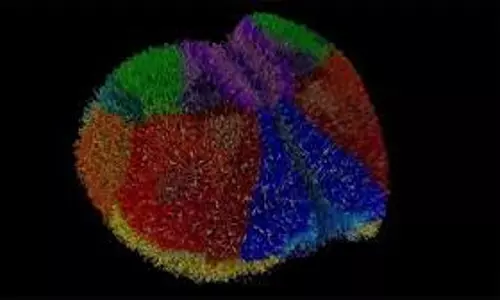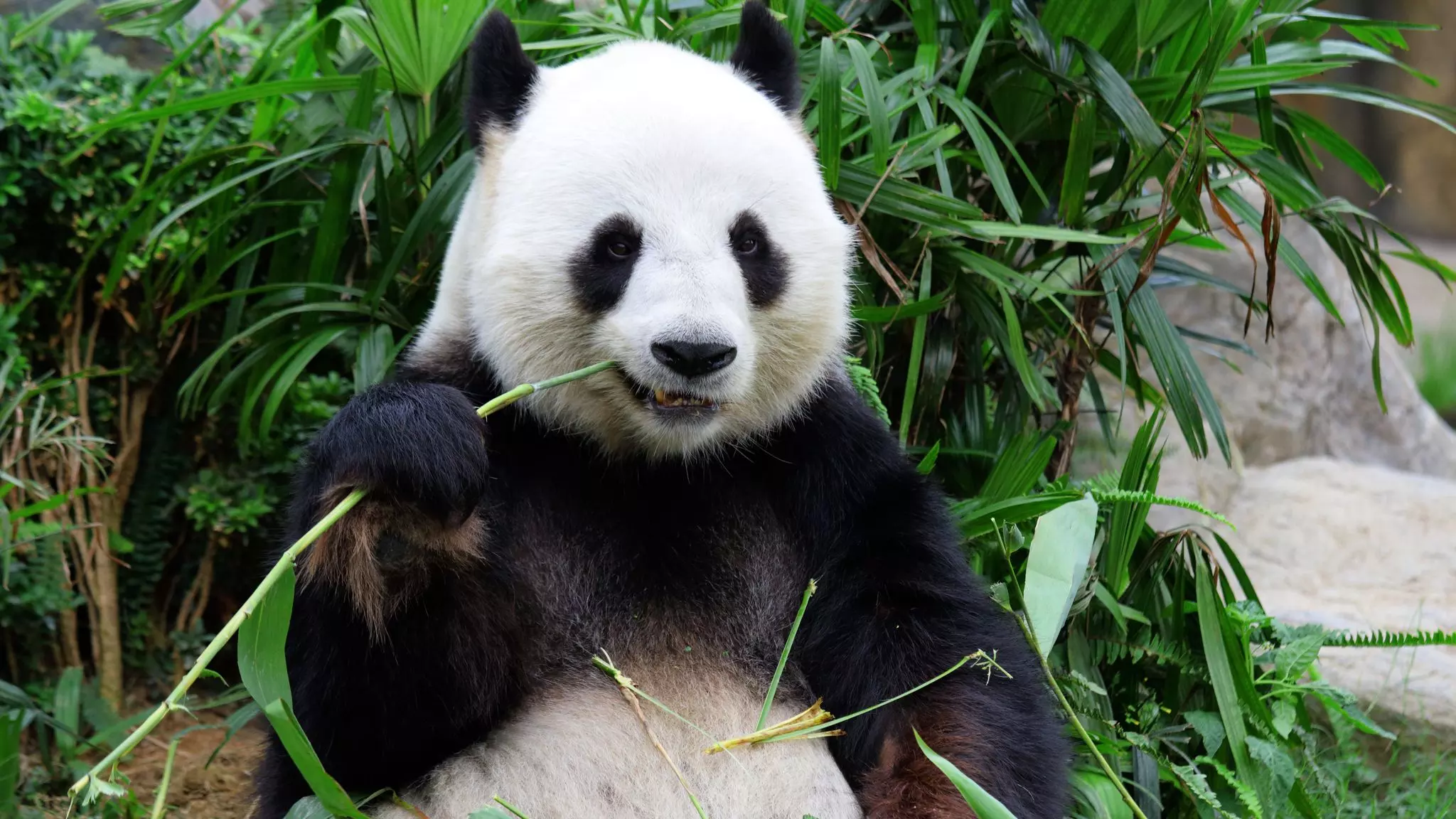
Fossils in China explain the evolution of panda's vegetarianism
text_fieldsBeijing: Experts found panda fossils dating back about six million years in southwest China's Yunnan province. The analysis provides insight into how pandas became the only dedicated vegetarians in the bear family.
Curator of vertebrate palaeontology at the Natural History Museum of Los Angeles County, Wang Xiaoming, describes the giant panda as a rare large carnivore with a short, carnivorous digestive tract. But it has become a herbivore.
Researchers have been trying to make sense of the development of false thumbs in Pandas for years. The false thumb is crucial to pandas' diet as it allows them to manipulate bamboo by gripping and breaking heavy stems.
Pandas are known to eat 15 hours a day. An adult panda can eat 45kg of bamboo a day. Modern pandas have given up the high-protein, omnivorous diet of their ancestors for bamboo, a low-nutrient grass that is available year-round.
Newly discovered fossils belong to an ancient relative of modern pandas - Ailurarctos. It is thought to have lived in China 6-8 million years ago. The animal has a greatly enlarged wrist bone called a radial sesamoid. It is the oldest known evidence of the modern giant panda's false thumb, reported Scientific Reports.
The false thumb in Ailurarctos shows the likely timing and steps in evolution. It hints at the point in time when the pandas started feeding on bamboo. The false thumb is not seen in any other bears. Until now, there has been no fossil evidence of pandas developing the false thumb.
The fossils have a longer false thumb than those found in modern pandas. But the evolved species of the giant panda has an inward hook the fossils do not have. Experts think the hook and a fleshy pad around the base of the thumb evolved due to the burden of a giant panda's body weight.
The panda's false thumb works similar to a human thumb. Wang wrote that the false thumb in giant pandas is not "the most elegant or dexterous". But, even a small, protruding lump at the wrist can be of help in preventing bamboo from slipping off bent fingers.






















